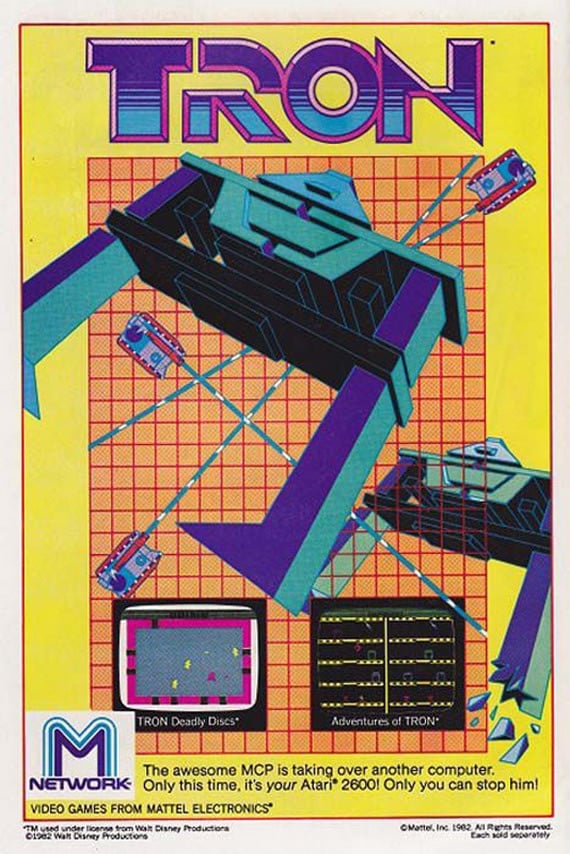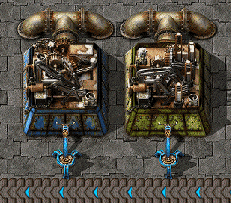
A properly designed and installed solar electric system is equivalent to an investment with a guaranteed rate of return of 12 to 15% per year. The study concludes, “PV is clearly a wise energy investment with great environmental benefits!” MYTH #3: Solar is too expensive for widespread usage.įACT: Going solar is one of the best investments any homeowner can ever make. During its projected 28 years of clean energy production, a rooftop system with 2-year payback and meeting half of a household’s electricity use would avoid conventional electrical plant emissions of more than half a ton of sulfur dioxide, one-third a ton of nitrogen oxides, and 100 tons of carbon dioxide.” On average, producing 1000 kWh of electricity with solar power reduces emissions by nearly 8 pounds of sulfur dioxide, 5 pounds of nitrogen oxides, and more than 1,400 pounds of carbon dioxide. household uses 830 kilowatt-hours of electricity per month. The National Renewable Energy Laboratory of the United States Department of Energy conclusively demonstrates through research at the National Center for Photovoltaics that Photovoltaic (PV) systems avoid far more carbon dioxide and other pollution through their clean energy production than are introduced by the manufacturing of PV systems. In contrast, any pollutants produced in the manufacturing process are minimal and largely recycled.

Assuming 30-year system life, PV-systems will provide a net gain of 26 to 29 years of pollution-free and greenhouse-gas-free electrical generation … So, for an investment of from 1 to 4 years worth of their energy output, PV systems can provide as much as 30 years or more of clean energy.” MYTH #2: Solar manufacturing results in more pollution than is saved by solar usage.įACT: A PV system meeting half of the electrical needs of a typical household would eliminate approximately half a ton of sulfur dioxide pollution from the air, and 600 lbs. But as this graphic shows, the investment is small. “Reaping the environmental benefits of solar energy requires spending energy to make the PV system.
#How to get electricity in factorio download#
You may download a free copy of the study here. I'm up to about 3.2 GJ of accumulators I think.MYTH #1: Solar panels require more energy to manufacture than they produce in their lifetime.įACT: A study by the National Renewable Energy Laboratory conclusively demonstrates that the manufacturing energy cost versus the energy production payback for solar modules is generally less than 4 years.Ī study by the National Renewable Energy Laboratory conclusively demonstrates that energy payback for photovoltaics (PV) is generally less than 4 years. The solution was to place more solar panels and accumulators to store more energy. I had this happen multiple times where my robots drain my accumulators overnight while clearing large tracts of land. It's worth noting that if you're doing a large scale operation involving lots of robots (for example using them to lay concrete, or the large scale building of solar plants) the robo-ports will draw a very large amount of power while they are building. I've got many many many of these ones built for my factory along with the popular solar panel plant design where you use substations, solar panels, accumulators and robo-ports together to build large tracts of solar panels separated by accumulators. Where A is an Accumulator and S is a Substation. I like to build accumulator blocks in the following fashion: A A A A A A A I like to set up a builder to automatically create accumulators and just forget about it until I need to build more. It sounds like you need more accumulators than you currently have so that they last through the night. Given the above scenario, you're going to need at least 34 accumulators to provide 10MW/s of power collectively, and they will be able to do that for 17 seconds. I have no idea how long night lasts, but it's significantly longer than 17 seconds. According to the linked Wiki page, it takes roughly 17 seconds for a single accumulator to charge/discharge at the max rate of 300 kW/s.

However each accumulator can provide 300 kW/s and stores 5MJ of energy per accumulator. However at night, when your solar panels stop generating power, then your accumulators will supply 10MW/s of power to keep your factory running. The excess of 30 MW/s will be channelled into and charge your accumulators.

Lets say it's 80 MW/s from steam and 40 MW/s from solar. So if your factory demands 90 MW/s of power to run, and you're producing 120 MW/s of power from your steam engines and solar panels. Think of accumulators as giant batteries that store excess power and release that power when you don't have enough generation capacity. Accumulators will only charge if you've got excess power available in your power distribution network. It sounds like you don't have either sufficient power generation to meet your fluctuating power demands while also charging your accumulators or enough accumulators to supply enough power overnight.


 0 kommentar(er)
0 kommentar(er)
